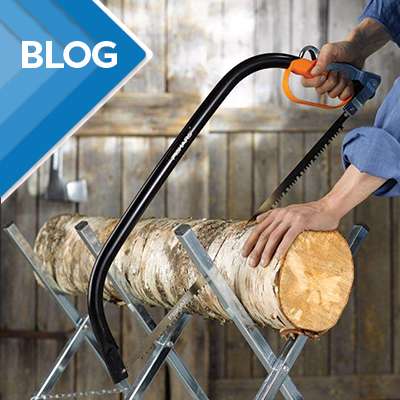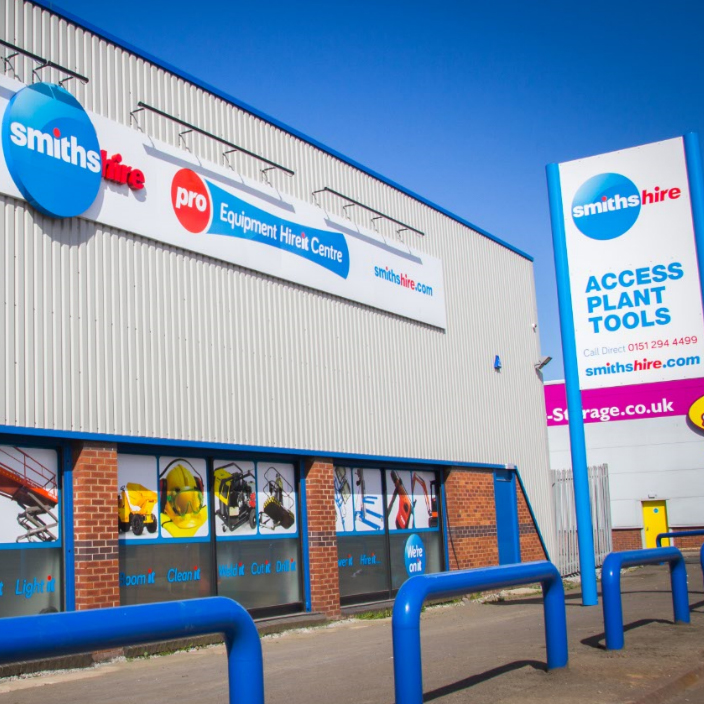When it comes to tackling a project that requires you to make cuts, picking the right saw can make all the difference. There’s a plethora of saws out there, each suited to specific materials and jobs, so it’s good to know which one you need so you can get your job done efficiently and without any unnecessary delays. Whether you’re cutting through wood, metal, or even tougher materials like concrete, there’s a saw designed for it.
At Smiths Hire, we provide more than just a top-quality tool hire service; we also believe in sharing valuable tips to make sure you’ve got everything you need to work smarter, not harder. In this guide, we’re going to walk you through the different types of saws, what they’re best for, and how to choose the right one for your project!
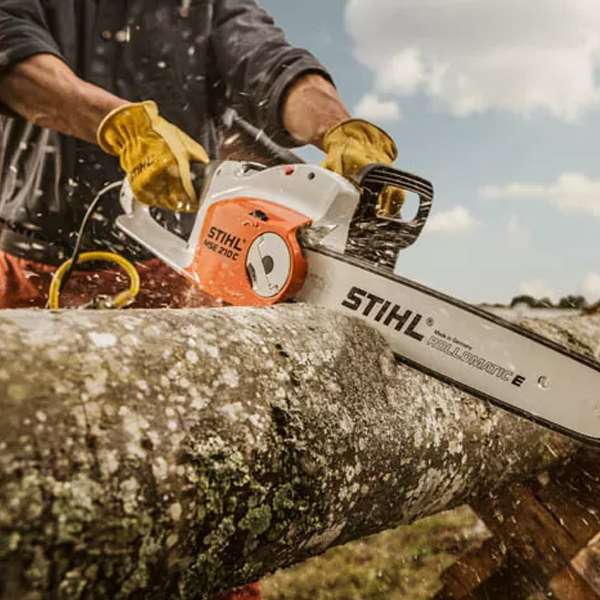
Everything you need to know about hand saws
A good hand saw is a toolbox essential for cutting wood, plastic, or even metal, but they’re not all built for the same job. Choosing the right one depends on the type of cut you need to make, the material you’re working with, and the level of precision required. Let’s break down what to look for in a hand saw and the different types available.
The two key factors to consider when picking a handsaw for your project include:
- Saw length – longer saws enable you to make bigger, more efficient cuts, while shorter saws offer more control and are better for detail work.
- Teeth per Inch (TPI) – more teeth per inch create smoother cuts, ideal for fine woodworking, while fewer teeth cut faster but with a coarse finish ideal for rough cuts like fire wood.
Keeping a hand saw sharp makes cutting easier and extends its life. To sharpen a hand saw, secure the blade in a vice with the teeth exposed, then use a triangular file to sharpen each tooth individually at its original angle. After that, you’ll want to adjust the set of the teeth with a saw set tool to maintain the right kerf (cut width). Regular sharpening keeps your saw in top condition, making every job much easier!
The most popular hand saws tend to be the crosscut saw, rip-cut saw, hack saw, and pruning saw, as they cover a wide range of the most popular DIY and trade tasks. Here’s a closer look at what categories they’d fall into in terms of which projects you’d use them for:
- Crosscut saw – a go-to for general-purpose wood cutting, making it a staple for DIYers and tradespeople alike.
- Rip-cut saw – essential for cutting along the grain, making it popular among carpenters and woodworkers.
- Hack saw – a must-have for cutting metal and plastic, often used in plumbing and mechanical work.
- Bow saw – an ideal saw for chopping up branches or for cutting firewood.

These four are some of the most common hand saws, but there’s a huge range out there, each designed for different tasks. If you just need a reliable all-rounder, any of the ones we’ve mentioned should do the trick. But if you’re after something more specialised, it’s worth taking the time to research the best saw for the job!
What you need to know about power saws
While hand saws are great for precision and control, power saws take efficiency to the next level, making quick work of the toughest cutting tasks. Whether you’re tackling a large-scale construction project, making detailed furniture cuts, or cutting through metal or stone, there’s a power saw designed to get the job done faster and with less effort.
What power saw should you choose for your project?
The first thing to consider when choosing a power saw is the type of work you’ll be doing. If you need a versatile saw for general cutting, a circular saw is a great all-rounder that can handle wood, plastic, and even some metals with the right blade. If you need a saw to make precise angled cuts, a mitre saw is an excellent choice; it’s usually used for trim work and framing. If you’re cutting large sheet materials like plywood or MDF, table saws and track saws offer the best accuracy and repeatability.
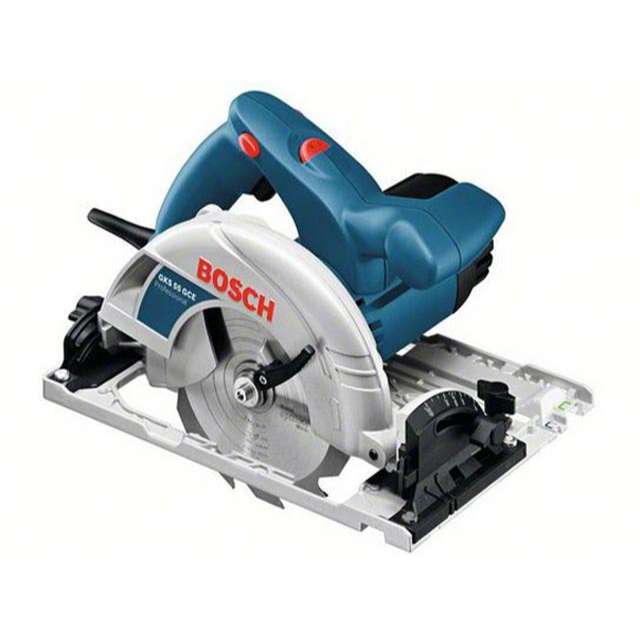
Another thing you’ll want to consider is the motor. Brushed motors are more affordable and reliable, but they require more maintenance as the brushes wear down. On the other hand, brushless motors are more efficient, offering consistent power and a longer lifespan with minimal upkeep – making them ideal for regular or heavy-duty use.
Types of power saws
Power saws come in many shapes and sizes, each tailored to a specific job. For demolition and rough cutting, a reciprocating saw is an essential tool capable of cutting through wood, nails, and even metal pipes. If you’re working with logs or overgrown trees, a chainsaw is your best bet for fast and effective cutting. For working with metal, chop saws and circular metal saws provide clean, precise cuts, while tile saws ensure smooth edges on ceramic, porcelain, and stone.
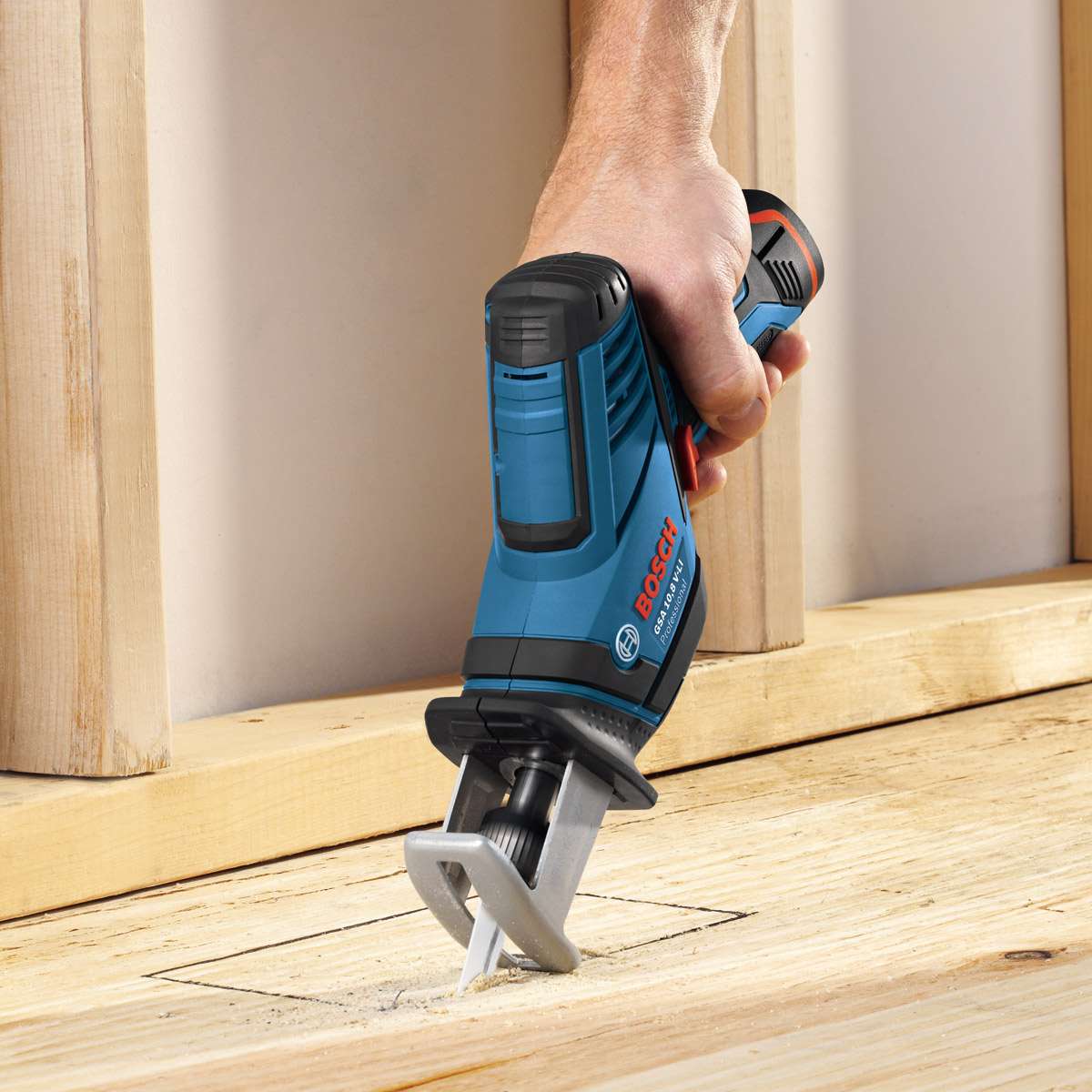
If you’re handling flooring installations, floor saws make cutting planks quick and easy. For intricate, delicate cuts, a scroll saw is perfect for fine woodworking and decorative designs. Meanwhile, plunge saws allow you to start a cut from anywhere on a workpiece, and insulation saws provide smooth, controlled cuts in fibreglass and foam.
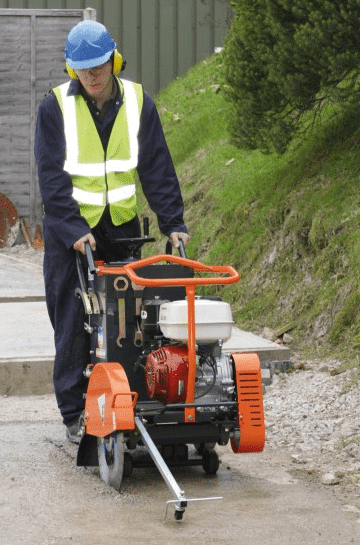
Types of cuts you can make with a power saw
Power saws are incredibly versatile tools, capable of handling a variety of cuts, making them indispensable for both professional tradespeople and DIY enthusiasts. Whether you’re framing a wall, cutting through pipes, or working on detailed woodwork, there’s a cut for every job. Let’s take a closer look at the different types of cuts you can make with power saws:
- Bevel cuts – angled cuts used in framing and trim work.
- Crosscuts – perpendicular cuts across wood grain, essential for general-purpose cutting.
- Rip cuts – cuts along the grain, commonly made using table saws or circular saws.
- Piping cuts – used in plumbing and metalwork, requiring high precision.
- Shaped cuts – ideal for curves and intricate designs, best done with jigsaws.
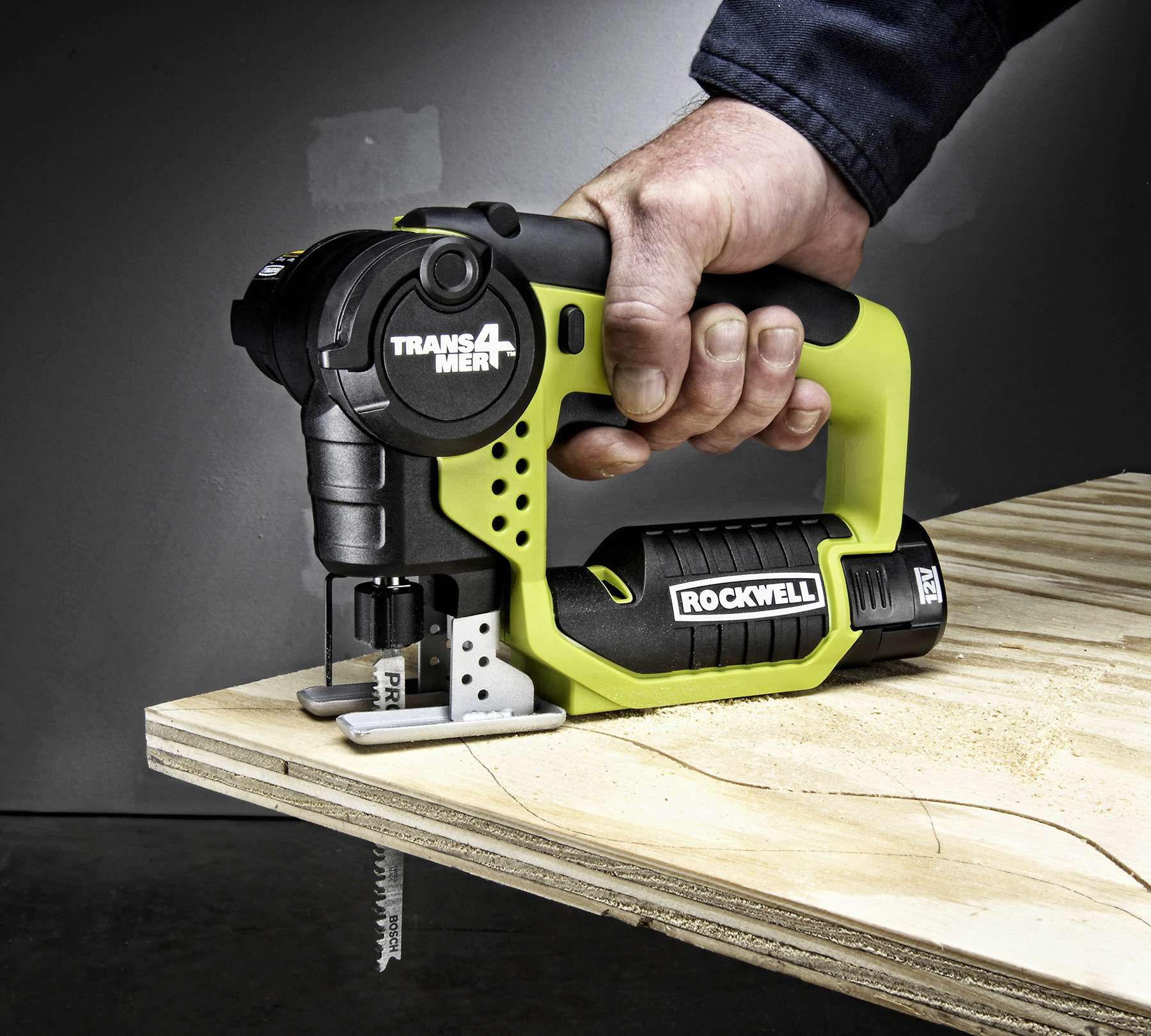
This guide should give you a good idea of what saw you need for your project, whether you’re chopping up some firewood or tackling tougher materials like metal or stone. However, if you’re still unsure about which saw is best suited to your needs or if you’d like some expert advice, don’t hesitate to reach out to our friendly experts at Smiths Hire!

Our knowledgeable team is always on hand to help you find the right tools and make sure your project runs smoothly. You can give us a call on 0333 323 2100, or you could visit one of our 18 tool hire depots across the North West, which are conveniently located in or near major cities like Manchester, Liverpool, and Leeds. We’ll always be happy to help!

 SPEAK TO US
SPEAK TO US

 My Account
My Account


